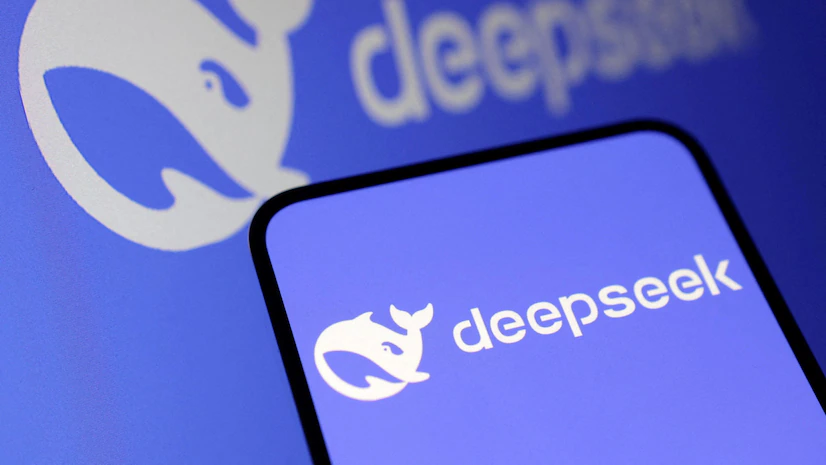In a stunning display of efficiency that’s sending shockwaves through Silicon Valley, a relatively unknown Chinese startup has accomplished what tech giants spend billions trying to achieve. DeepSeek AI’s latest model release has managed to match the capabilities of industry leaders while spending just $6 million on development.
The December 2024 unveiling of DeepSeek-V3 isn’t just another AI model launch – it’s a wake-up call that’s wiped nearly $1 trillion from the market value of tech giants. This David versus Goliath story challenges everything we thought we knew about the resources needed to compete in the cutting-edge AI race.

DeepSeek AI Sends Ripples Through Tech Industry with Latest Model Release
A New Player in AI Development
DeepSeek AI, founded in May 2023 in China, made waves with its December 2024 release of DeepSeek-V3. The model features 671 billion total parameters, with 37 billion activated for each token. What sets this release apart is its reported development cost of $5-6 million – a fraction of what competitors typically spend.
Technical Capabilities and Architecture
DeepSeek-V3 runs on a Mixture-of-Experts (MoE) architecture and offers a 128K context window for processing long sequences. The model trained on 14.8 trillion high-quality tokens and includes Multi-Token Prediction capabilities. Its MIT license makes it freely available to developers worldwide.
Market Response and Financial Impact
The announcement triggered significant movement in tech stocks. Nvidia experienced a 17% decline, resulting in a nearly $600 billion market cap loss. Other tech giants felt the impact too – Broadcom dropped 17%, Oracle fell 14%, and Cisco decreased by 5%. The ripple effect put about $1 trillion in market capitalization at risk.
Performance and Pricing Structure
DeepSeek-V3 matches the capabilities of leading closed-source models, particularly in mathematics, coding, and multilingual tasks. The company’s API pricing structure offers competitive rates at $0.55 per million input tokens and $2.19 per million output tokens.
Industry Implications
This development questions long-held beliefs about AI advancement. The traditional assumption that better AI requires more parameters and computing power faces scrutiny. Associate Professor Marina Zhang from the University of Technology Sydney notes that DeepSeek’s approach focuses on software-driven resource optimization rather than relying heavily on advanced hardware.
Technology Infrastructure Impact
The semiconductor and data center industries may need to reassess their strategies. DeepSeek-V3’s efficient design suggests potential changes in demand for high-end computing equipment. This could affect future infrastructure investments and capacity planning across the tech sector.
Global Technology Dynamics
The model’s release comes amid ongoing US-China technological competition. Its open-source nature could help regions with limited AI infrastructure, such as Europe, while potentially reducing the impact of international restrictions on AI development.
Cost Considerations
While the initial development costs appear low, additional factors like data cleansing, networking, energy consumption, and personnel expenses likely increase the total investment. These elements require consideration when evaluating the model’s long-term sustainability.
Future Industry Direction
The success of DeepSeek-V3 points toward more cost-efficient AI development methods. This could spark increased competition among tech companies while creating opportunities for smaller players to enter the market. Tech firms may need to adapt their strategies, and investors should watch for shifts in AI and semiconductor markets.
The model’s impact extends beyond technical achievement – it represents a potential shift in how AI development and deployment might progress. For policymakers, this development raises questions about current regulations and their adequacy in addressing open-source AI advancement.
The Dawn of Democratized AI Development
DeepSeek AI’s breakthrough represents more than just technological innovation – it’s potentially a paradigm shift in how AI development is approached globally. By demonstrating that world-class AI models can be built without massive infrastructure investments, DeepSeek-V3 opens the door for a new era of AI democratization.
This watershed moment could reshape the competitive landscape, enabling smaller players to challenge established tech giants. As the industry grapples with this new reality, the coming months will likely see traditional tech companies reassessing their AI strategies while investors and policymakers navigate the implications of this more accessible AI development model.



